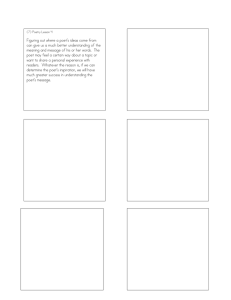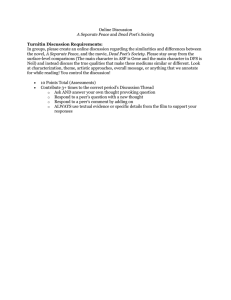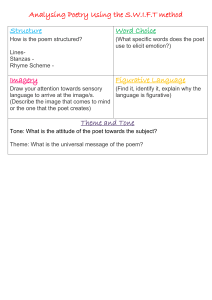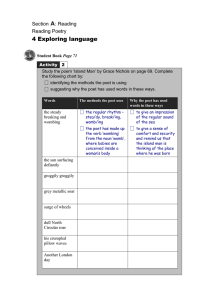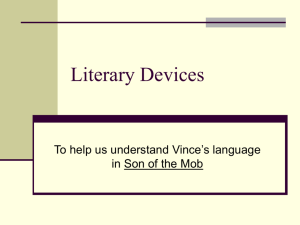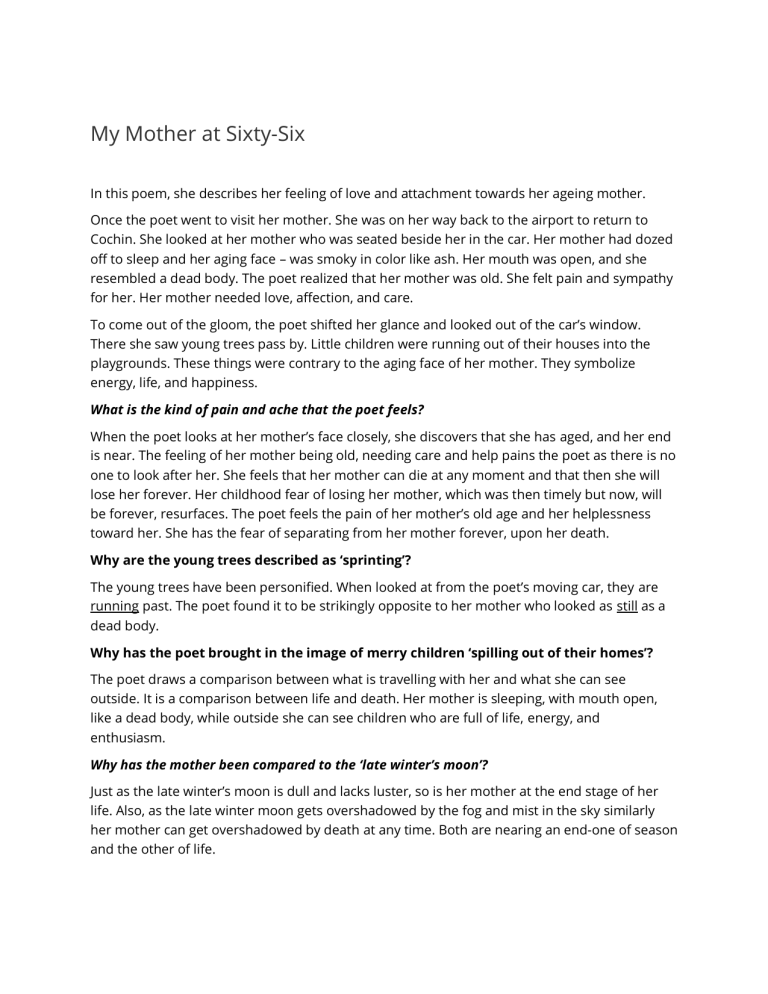
My Mother at Sixty-Six In this poem, she describes her feeling of love and attachment towards her ageing mother. Once the poet went to visit her mother. She was on her way back to the airport to return to Cochin. She looked at her mother who was seated beside her in the car. Her mother had dozed off to sleep and her aging face – was smoky in color like ash. Her mouth was open, and she resembled a dead body. The poet realized that her mother was old. She felt pain and sympathy for her. Her mother needed love, affection, and care. To come out of the gloom, the poet shifted her glance and looked out of the car’s window. There she saw young trees pass by. Little children were running out of their houses into the playgrounds. These things were contrary to the aging face of her mother. They symbolize energy, life, and happiness. What is the kind of pain and ache that the poet feels? When the poet looks at her mother’s face closely, she discovers that she has aged, and her end is near. The feeling of her mother being old, needing care and help pains the poet as there is no one to look after her. She feels that her mother can die at any moment and that then she will lose her forever. Her childhood fear of losing her mother, which was then timely but now, will be forever, resurfaces. The poet feels the pain of her mother’s old age and her helplessness toward her. She has the fear of separating from her mother forever, upon her death. Why are the young trees described as ‘sprinting’? The young trees have been personified. When looked at from the poet’s moving car, they are running past. The poet found it to be strikingly opposite to her mother who looked as still as a dead body. Why has the poet brought in the image of merry children ‘spilling out of their homes’? The poet draws a comparison between what is travelling with her and what she can see outside. It is a comparison between life and death. Her mother is sleeping, with mouth open, like a dead body, while outside she can see children who are full of life, energy, and enthusiasm. Why has the mother been compared to the ‘late winter’s moon’? Just as the late winter’s moon is dull and lacks luster, so is her mother at the end stage of her life. Also, as the late winter moon gets overshadowed by the fog and mist in the sky similarly her mother can get overshadowed by death at any time. Both are nearing an end-one of season and the other of life. What do the parting words of the poet and her smile signify? The parting words of the poet shows her positive attitude. She overcomes her pain and fear, assures herself and her mother that they will meet again. She is being very brave which is indicated using repetition in the poem: “smile and smile and smile……” 2
